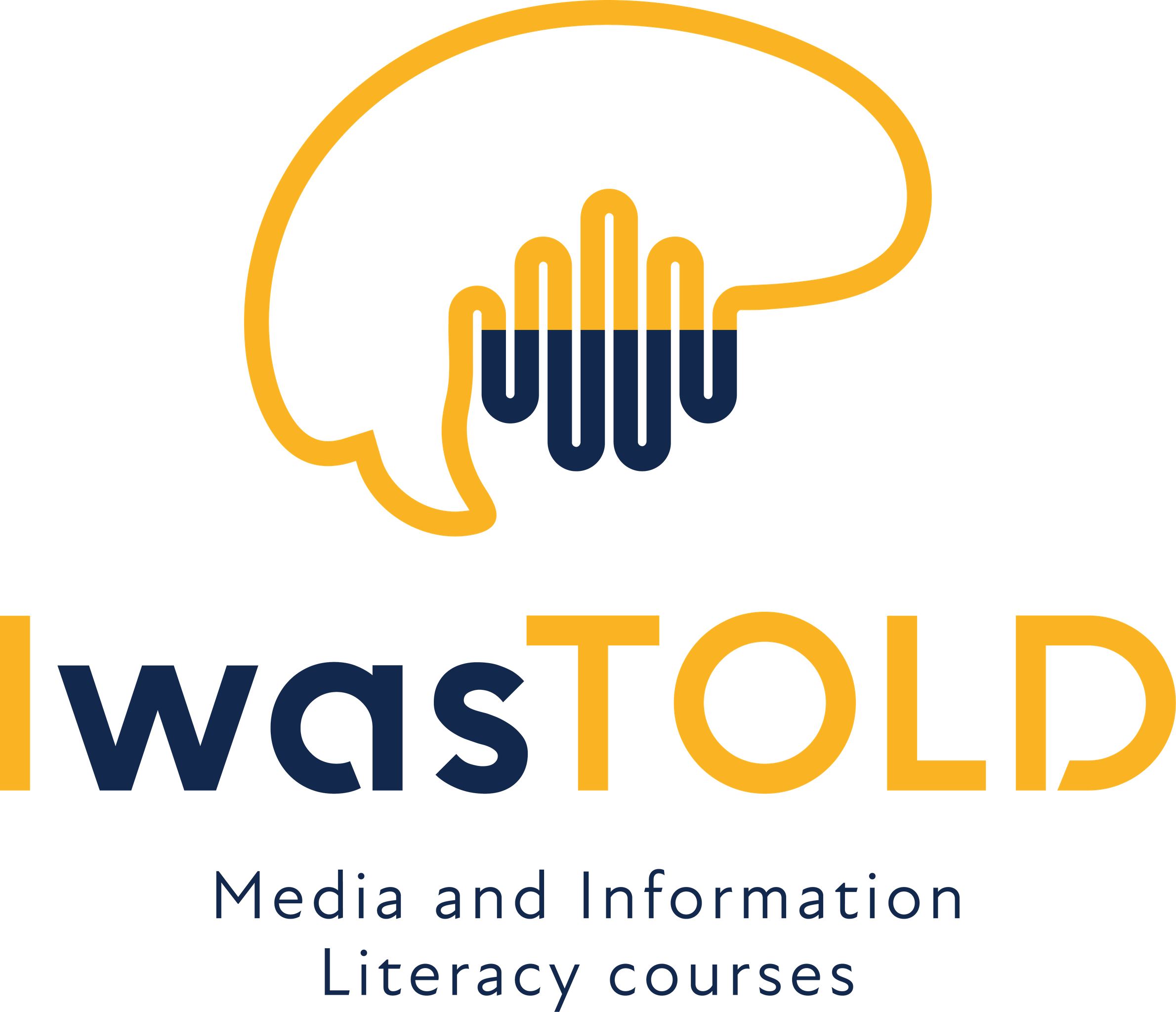3. CLASSICAL AND DATA STORYTELLING
-
Storytelling: narrative structures7 Topics|4 Quizzes
-
Language of media6 Topics|3 Quizzes
-
Storytelling With Data II. – Digital investigations in an era of data-driven journalism7 Topics|4 Quizzes
-
Infographics – Present statistics beautifully7 Topics|3 Quizzes
-
Charts in a website – Hack web developer tools for your stories7 Topics|3 Quizzes
-
Introductory to lesson
-
Creating a website is a personal way to become involved in a subject as well as a creative gesture
-
Make the most compatible as possible subject and aesthetic of your website through Google Sites
-
How be professional and have validity in publication?
-
Final Exercise of the whole lesson
-
Feedback on exercise
-
Additional learning material
-
Introductory to lesson
-
Online GIS6 Topics|2 Quizzes
-
Media analyses8 Topics|4 Quizzes
-
Using Piktochart to create infographics7 Topics|3 Quizzes
Participants14
Before you start reading, take this interactive quiz first, it’s fun!
Summary of the lesson
Whether it’s written by a journalist, blogger, influencer, novelist, or screenwriter, each narration has a structure and several layers which convey various stories and meanings. The latter can be obvious, but also concealed, encoded through selection and ordering of words, sounds, or pictures. Even though this is important for those telling fictional, and sometimes also documentary, stories to be able to offer aesthetical and emotional experience to an audience, it’s not desirable in the case of informative pieces, such as news. There needs to be a small or very limited space for potential interpretations – the actual information is the core and structure of the story is subordinated to the purpose of telling the people what is the real state of the affairs.
This structure is called an inverted pyramid – it refers to presentation of information in descending order of importance. What’s most important is at the beginning, background is at the very end. A special attention is dedicated to the headline, which also summarises the whole story. So called click-baits can have other purposes, but those should not be intended by professional journalists. Unfortunately, sometimes the headline doesn’t correspond to the rest of the media piece, which is a bad practice as well. There is not only news, however. The wide spectrum of genres allows journalists and other media makers to present the information, but also comment on them and express their opinions. Therefore it’s important for an audience to differentiate between them as well.
Standard narrative structure, first defined by Aristotle, is helpful for both authors and audience. The former have guidance showing them how to create a story that has a needed dynamic and can more easily engage more people and provide them with planned or expected experience. The latter, if they are familiar with the structure, can presume when the important moments will come and, most importantly, decode more or less hidden meaning and thus enjoy the story to its fullest.
Basics of screenwriting are meant primarily for those who want to pursue a professional career in the field of film and TV production. Nevertheless, they are useful for everyone who wants to create professional videos and it may be interesting to look under the wrap. This topic is so wide that it could very easily fill several courses. Therefore the list of other useful resources at the end of this course is focusing on this topic.
Pre-production is just the first stage of the whole process. The others as well as topics related to encoding and decoding media messages are contained in the course “Language of media”, which is therefore a natural continuation of this one. Presentations, quizzes, tasks, exercises, background text, and additional resources have been designed to provide you with knowledge and skills that will help you create and understand media pieces. You can go through them as many times as you need and do not hesitate to ask us any questions related to the topics.
Quiz Summary
0 of 7 Questions completed
Questions:
Information
You have already completed the quiz before. Hence you can not start it again.
Quiz is loading…
You must sign in or sign up to start the quiz.
You must first complete the following:
Results
Results
0 of 7 Questions answered correctly
Your time:
Time has elapsed
You have reached 0 of 0 point(s), (0)
Earned Point(s): 0 of 0, (0)
0 Essay(s) Pending (Possible Point(s): 0)
Categories
- Not categorized 0%
- 1
- 2
- 3
- 4
- 5
- 6
- 7
- Current
- Review
- Answered
- Correct
- Incorrect
-
Question 1 of 7
1. Question
1) Gatekeeping is a concept referring to:
CorrectIncorrect -
Question 2 of 7
2. Question
2) Interview is:
CorrectIncorrect -
Question 3 of 7
3. Question
3) One type of click-bait headline should be avoided by professional journalists, because it:
CorrectIncorrect -
Question 4 of 7
4. Question
4) Narrative structure elaborated by Aristotle is consisting of:
CorrectIncorrect -
Question 5 of 7
5. Question
5) Montage is:
CorrectIncorrect -
Question 6 of 7
6. Question
6) Screenplay for the TV is called:
CorrectIncorrect -
Question 7 of 7
7. Question
7) When two characters are on the phone, how can it be indicated in the screenplay?
CorrectIncorrect
